5-String Banjo Chord Inversions
Many banjo players learn songs and rolls from tablature, but never really learn what notes they are playing on the banjo. This series of articles is going to take you through this process starting with learning your 5-string banjo chord inversions up the neck of the banjo.

Before we get started lets make sure we all know the notes of the strings of a 5-string banjo in G tuning.
1st string - D
2nd string - B
3rd string - G
4th string - D
5th string - G
This first exercise is going to teach you the chords on a banjo all the way up the neck. By learning all of the chord inversions, the fingerboard will open up to you and those notes up the fretboard won't be so intimidating. It will also open up your playing to a whole new world of ideas.
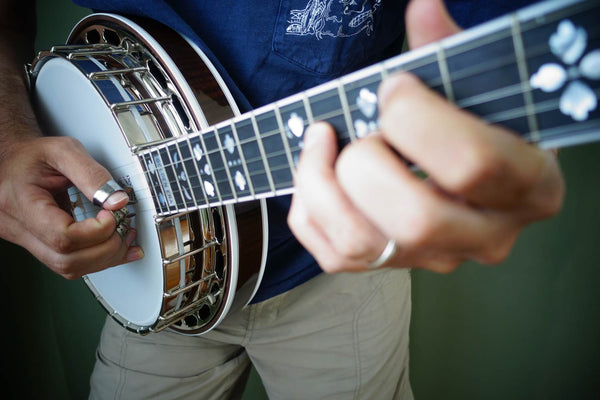
We are going to start by learning our chords in root position (the root of a chord is the note or pitch upon which such a chord is built. The name of the note which is the root is used to denote the chord - a G note would be the root of a G chord, an A would be the root of an A or Am chord, etc.). When the root of a chord is the bass note, or lowest note, of the expressed chord, the chord is in root position. We will go up the neck and play all of the chords within the G major scale (G , Am, Bm, C, D, Em, F#dim, G) in root position. This will cause us to play a G major scale on the 3rd string while harmonizing on the 1st and 2nd string. This can be seen in tablature below on the first line.

I suggest going very slowly and to use a metronome. Play one chord for 4 beats and then move to the next chord. Try to stay in rhythm. If you cannot, then go slower. Go all of the way up the fingerboard and then all the way back down. After you become comfortable at going straight up and down the scale, try to play a chord, skip the next one and play the one after it (G to Bm, Am to C, Bm to D, C to Em….).
We then are going to move on to the next line of tab and take on the 1st inversion of the chords. Now the root of the chord has moved to the highest note of the chord and is on the 1st string. Practice using the same methods as above.
The last one we are going to tackle is the second inversion of the chord. Can anyone guess where the root is now within the chord? Yes, the man in the striped sweater in the back of the classroom is correct - it is in the middle of the chord on the 2nd string. Practice using the same methods as above.
You might ask "Why are some chords major and some chords minor?" or "What are those roman numerals beneath the chords?" We will be answering those questions and more in the coming articles. For now lets get familiar with the different chord fingerings and sound of moving up and down the neck.



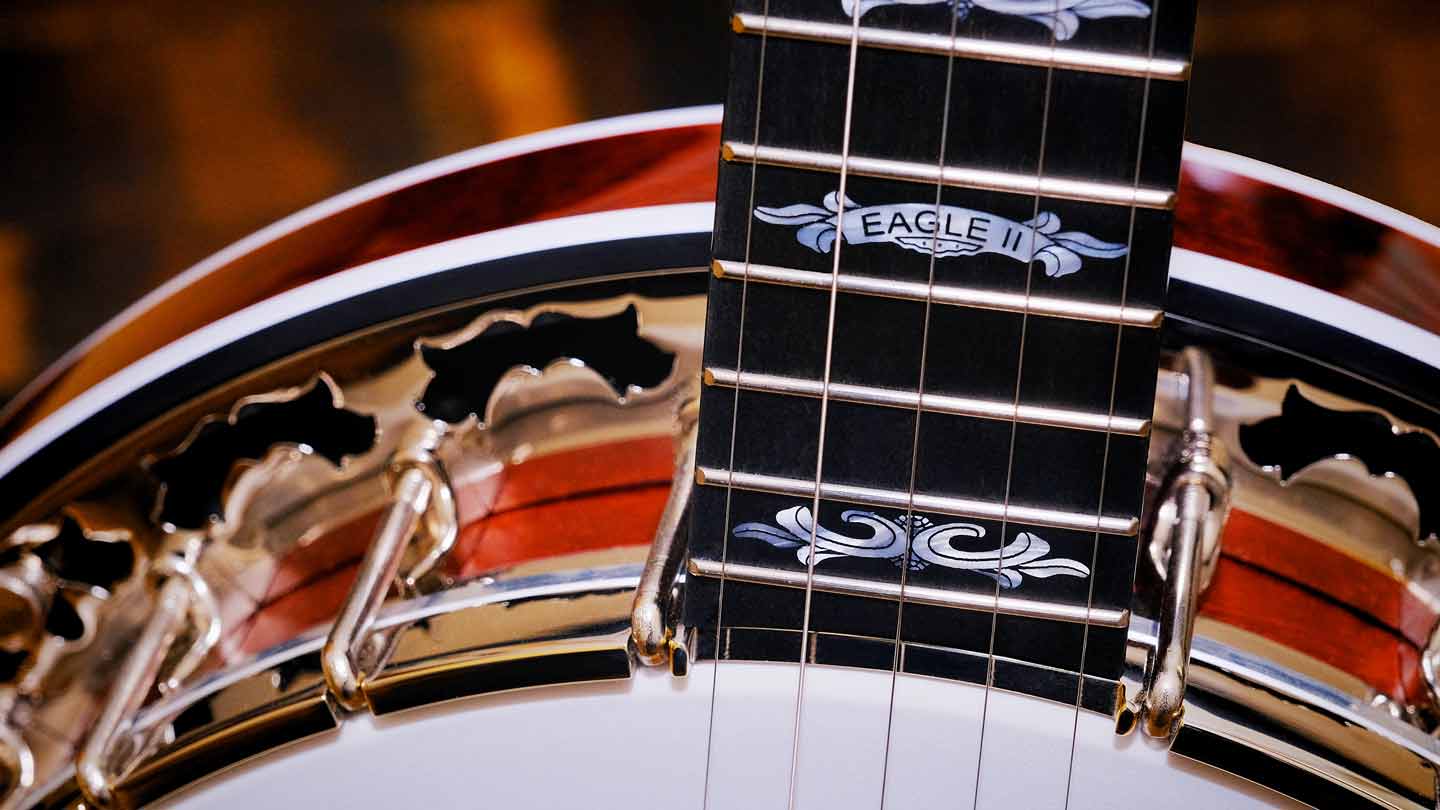








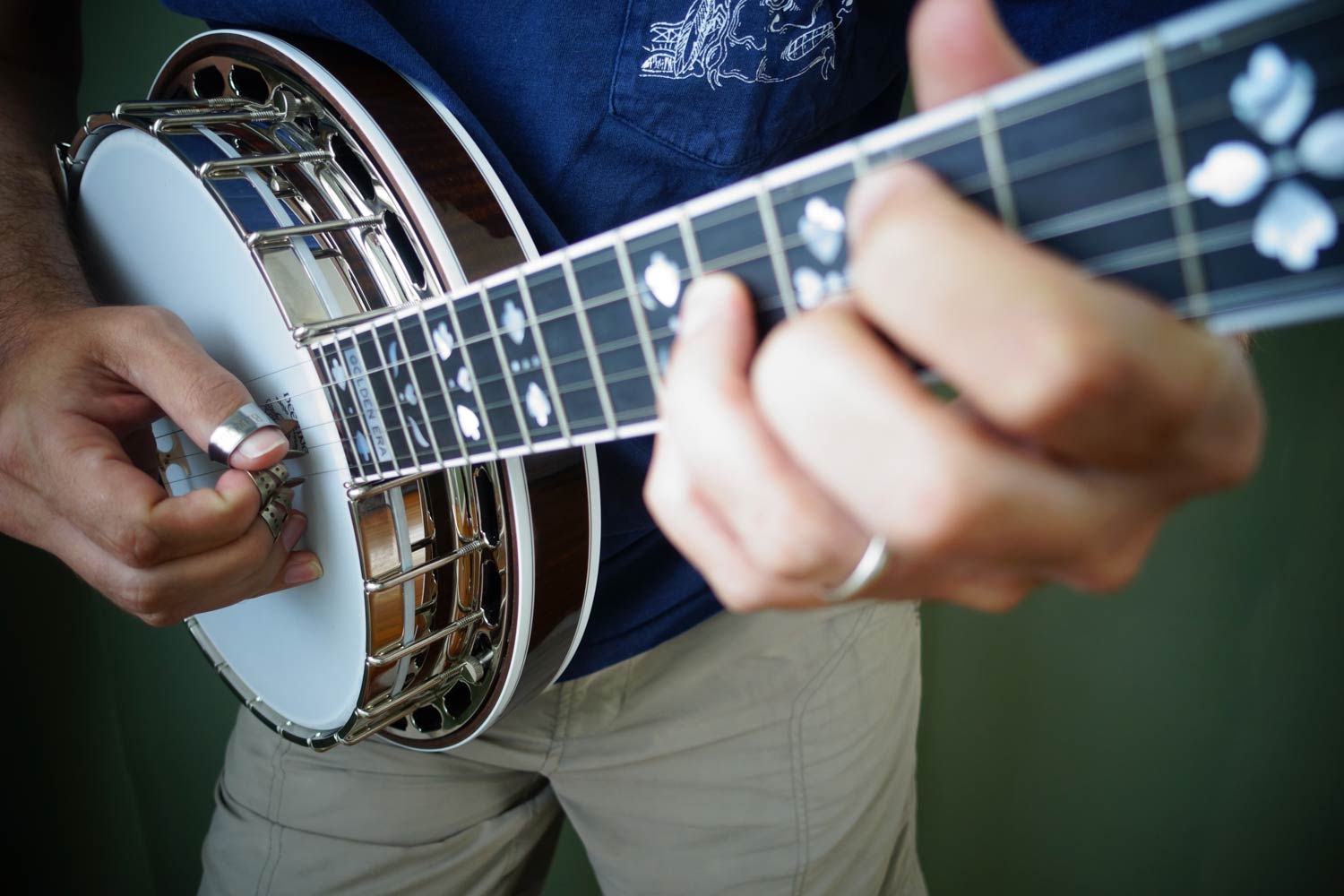
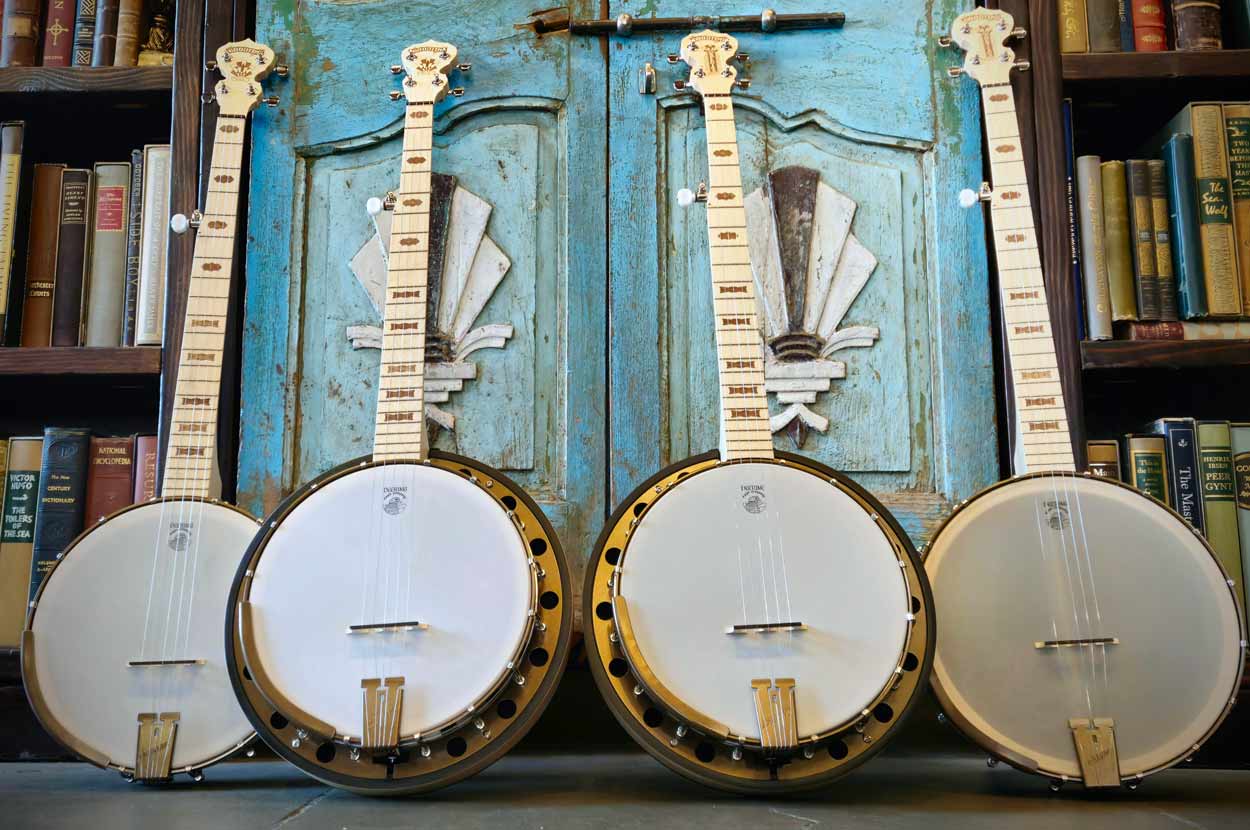
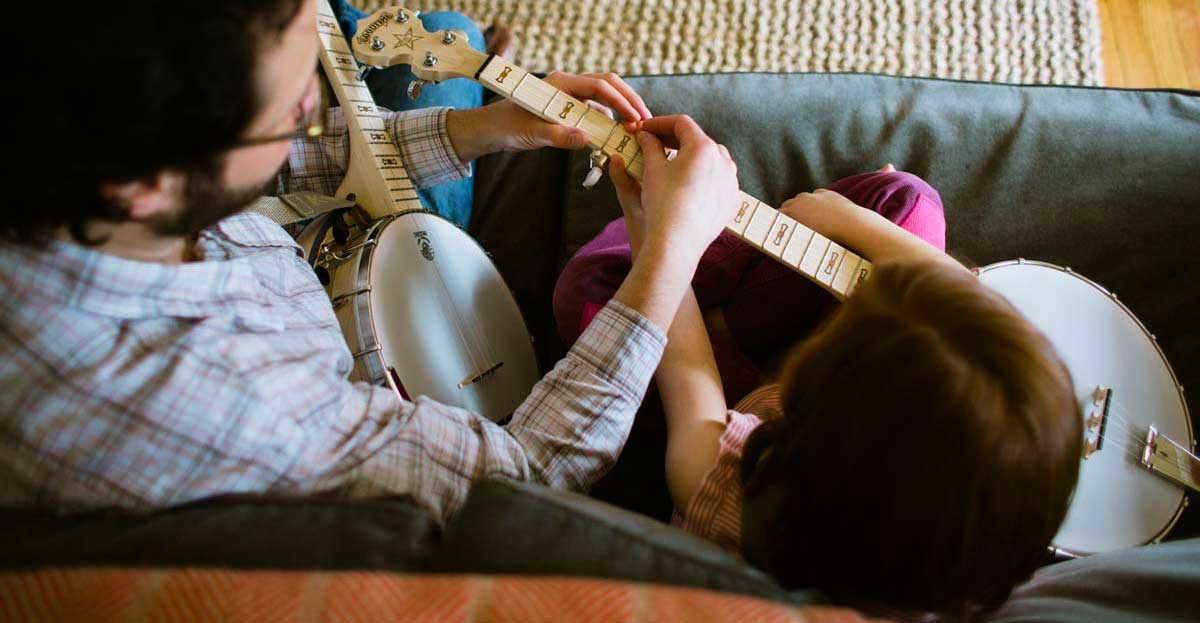
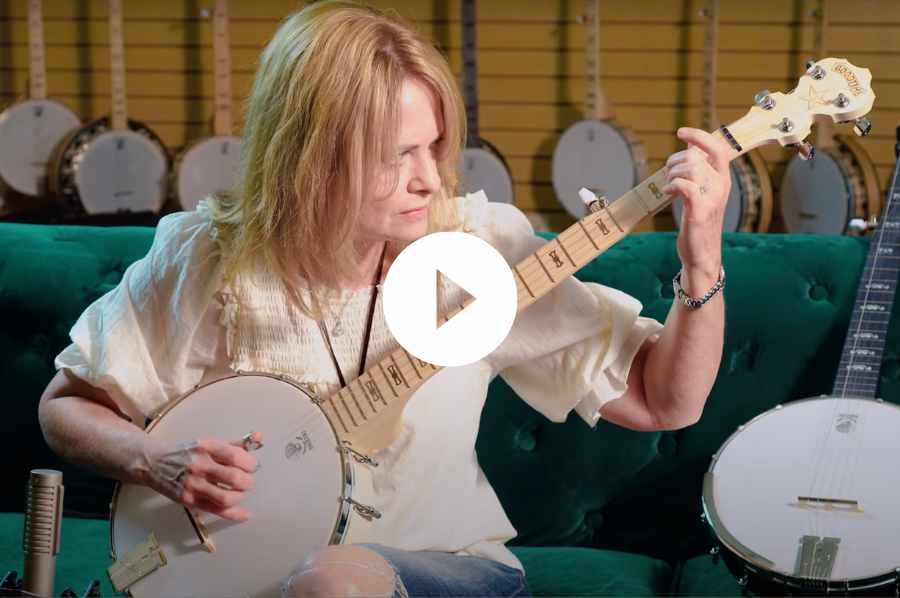
This is really very nice of you to provide teaching lessons . I am impressed! Thank You
This is very useful information! Thanks!
p.s. I have n original Goodtime and an old Sierra. Both are fine instruments.
Correct the diminished chord is in minor 3rd intervals 1,b3,b5 from the root (F#,A,C) and is very closely related to and interchangeable with the 5 chord D7 not covered here but the diminished chord is a V chord minus it’s root D in this case. Great to know when jamming. The other two inversions are right.
Good lessons I can never get it as its hard to get to grips with bluegrass here in Ireland love it though
Hi,
Spotted a typo.
VII chord F#dim in root position should be 10, 10, 11 rather than 12, 12, 11 since this would be a G Major 7 chord.
Best,
Dale.
Leave a comment